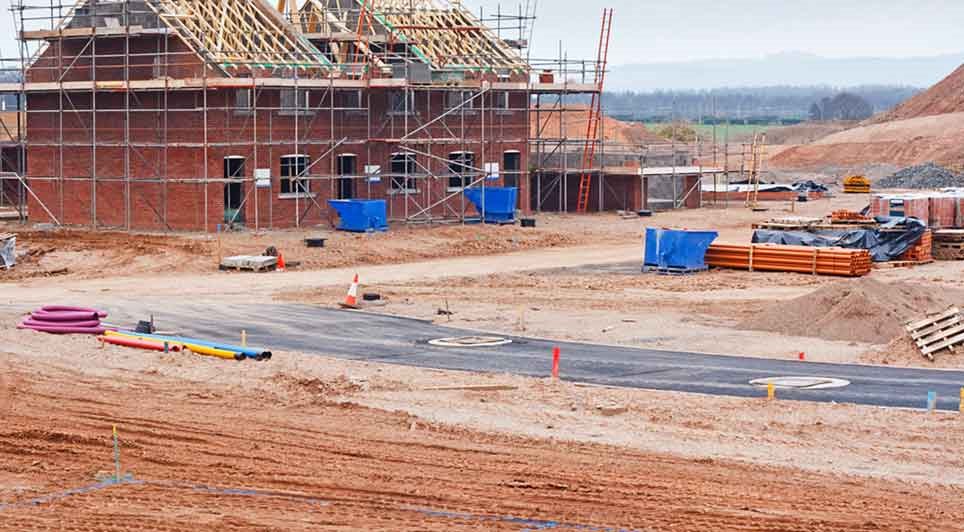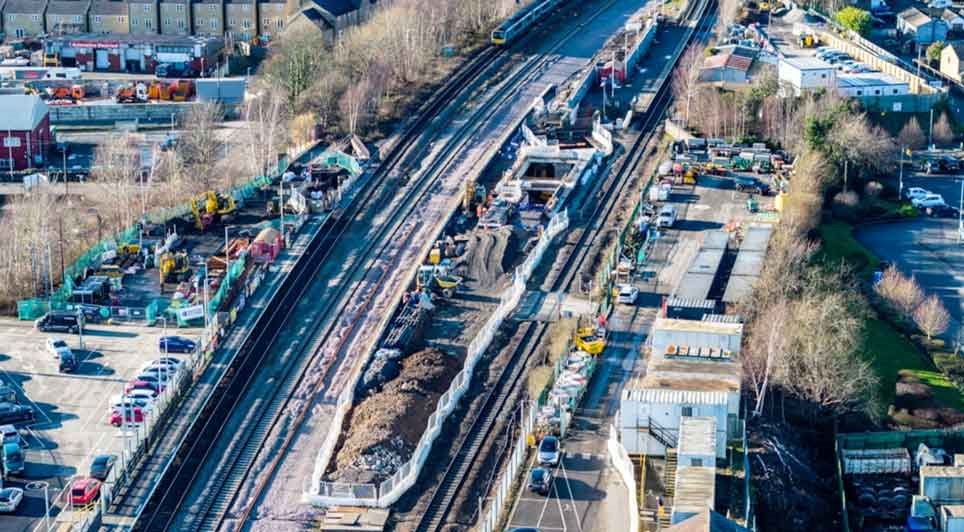The Prime Minister has revealed an estimated £400 million will be provided for removing dangerous cladding on council and housing association high-rise buildings.
Speaking during PM's question time on Wednesday, Theresa May revealed the Government will foot the bill for the removal and replacement of Grenfell-type cladding on tower blocks.
The PM said: "Councils and housing associations must remove dangerous cladding quickly, but paying for these works must not undermine their ability to do important maintenance and repair work.
"I have worked closely with my right honourable friends the chancellor and the housing secretary, and I can today confirm that the Government will fully fund the removal and replacement of dangerous cladding by councils and housing associations, estimated at £400 million. The Housing Secretary will set out further details later this week."
The PM's pledge was made on the eve of the publication of the Hackitt Review, which was unveiled today, 17 May.
In her Review into Buildings Regulations, which was commissioned in July last year, Dame Judith Hackitt said that fundamental reform is needed to improve building safety, as well as to rebuild trust among residents of high-rise buildings in the wake of the Grenfell Tower tragedy.
Calling the system "far too complex", Dame Judith said: "It lacks clarity as to who is responsible for what, and there is inadequate regulatory oversight and enforcement.
"Simply adding more prescription or making amendments to the current system, such as restricting or prohibiting certain practices, will not address the root causes."
The report sets out a number of key issues underpinning the system failure, including;
• Ignorance – regulations and guidance are not always read by those who need to, and when they do the guidance is misunderstood and misinterpreted
• Indifference – the primary motivation is to do things as quickly and cheaply as possible rather than to deliver quality homes which are safe for people to live in. When concerns are raised, by others involved in building work or by residents, they are often ignored. Some of those undertaking building work fail to prioritise safety, using the ambiguity of regulations and guidance to game the system
• Lack of clarity on roles and responsibilities – there is ambiguity over where responsibility lies, exacerbated by a level of fragmentation within the industry, and precluding robust ownership of accountability
• Inadequate regulatory oversight and enforcement tools – the size or complexity of a project does not seem to inform the way in which it is overseen by the regulator. Where enforcement is necessary, it is often not pursued. Where it is pursued, the penalties are so small as to be an ineffective deterrent.
"The above issues have helped to create a cultural issue across the sector, which can be described as a 'race to the bottom' caused either through ignorance, indifference, or because the system does not facilitate good practice," Dame Judith Hackitt writes.
"There is insufficient focus on delivering the best quality building possible, in order to ensure that residents are safe, and feel safe."
Overall, the report finds that a new regulatory framework for higher-risk residential buildings is required to improve building safety and ensure that residents are safe. In addition, it sets out an ambitious vision for a new framework which will improve standards for both new and existing buildings, with many of the ideas proposed could be applied to a wider range of buildings and aim to drive change more broadly.
More than 50 recommendations are set out in the review as to how the government can deliver a more robust regulatory system for the future, including;
• a less prescriptive, outcomes-based approach to the regulatory framework to be overseen by a new regulator that can drive the right behaviours
• clearer roles and responsibilities throughout the design and construction process and during occupation, to ensure real accountability for building safety
• residents to be consulted and involved in decisions affecting the safety of their home and listened to if they have concerns
• a more rigorous and transparent product testing regime and a more responsible marketing regime
• industry to lead on strengthening competence of all those involved in building work and to establish an oversight body
Brian Berry, Chief Executive of the Federation of Master Builders, said some of the recommendations "must be taken as a blueprint for the wider industry".
"In particular, the industry as a whole needs to develop a comprehensive approach to competence," he said.
"There is an opportunity here for the whole industry to step up and ensure we have adequate levels of competence across the sector. Without this, significant parts of our industry will continue to be plagued by incompetent and unprofessional outfits."
To view the Review into Buildings Regulations, visit here.
(LM/MH)
Construction News
17/05/2018
Govt Will Pay £400m Bill To Remove Grenfell-Type Cladding


01/04/2025
Galliford Try's Building East Midlands business has officially broken ground on a £63 million Single Living Accommodation (SLA) project at RAF Digby, Lincolnshire.
The historic base, the Royal Air Force's oldest station established in 1918, will see the construction of four new Junior Ranks SLA bu

01/04/2025
The regeneration of Nottingham city centre has taken a significant step forward following an agreement for Homes England to acquire the Broad Marsh site from Nottingham City Council.
As the Government's housing and regeneration agency, Homes England will take ownership of the former shopping centre

01/04/2025
Work has officially commenced on Morgan Sindall Construction's latest education project in Greater Manchester, the permanent home for Star Radcliffe Academy, a five-form entry secondary school with space for 750 students aged 11-16.
Operated by Star Academies, one of the UK’s highest-performing mul

01/04/2025
The UK's construction industry is experiencing a significant upturn, driven by ambitious government initiatives to build 1.5 million homes and undertake major infrastructure projects.
This surge has spotlighted a critical challenge: the need for a skilled workforce to meet escalating demands. Rece

01/04/2025
Plans to acquire 10 two-bedroom homes in the village of Hook have been approved by Pembrokeshire County Council’s Cabinet Member for Housing.
The purchase, supported by Welsh Government funding, will see the council secure the properties from Kooner Properties Ltd, which is currently developing the

01/04/2025
The relocation and expansion of Fred Nicholson School took a major step forward as pupils visited the construction site and participated in a ceremonial steel signing.
The school, which serves children and young people aged 7 to 16 with special educational needs and disabilities (SEND), is moving f

01/04/2025
Castlemere Developments has appointed Ryan Morrissey as project manager to oversee its legacy and new developments.
The 34-year-old will bring a wealth of experience to the Windsor-based company, which has a number of ongoing projects across London and the south east.
Morrissey's most recent role

01/04/2025
Rail passengers traveling across the Pennines over the Easter weekend are being urged to plan ahead as major upgrade work between Huddersfield and Dewsbury is set to impact train services from Saturday 19 to Monday 21 April.
As part of the Transpennine Route Upgrade (TRU), engineers will be carryin
31/03/2025
GMI Construction Group has announced the practical completion of Citylabs 4.0, a cutting-edge 125,000 sq. ft laboratory and workspace development, further solidifying Manchester’s position as a leader in life sciences and healthcare technology.
Developed in partnership with Bruntwood SciTech and Ma

31/03/2025
Kier has completed the construction of HMP Millsike for the Ministry of Justice, increasing prison capacity by approximately 1,500 and marking a significant milestone in the UK’s prison infrastructure.
The facility was officially opened by Lord Chancellor and Secretary of State for Justice, Rt. Hon
 UK
UK Ireland
Ireland Scotland
Scotland London
London











